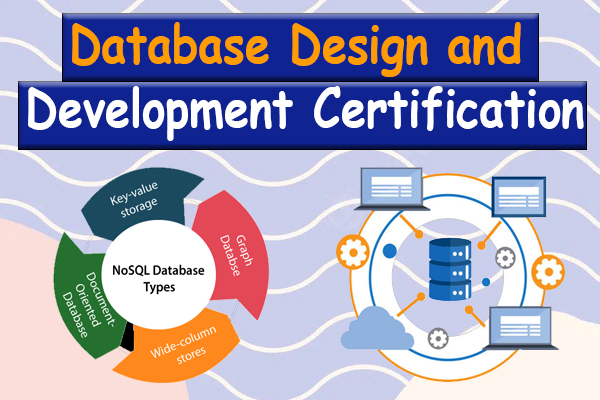Database Design and Development FREE Certification – The Digital Adda
Database design and development are fundamental processes in software engineering and information management. They involve creating structured data storage solutions to efficiently and securely manage data for various applications. Here’s an overview of these two critical aspects:
Database Design:
- Purpose: Database design focuses on defining the structure of a database system to ensure that data is organized, accessible, and efficient for specific business or application needs.
- Data Modeling: Data modeling is a key aspect of database design. It involves creating a conceptual, logical, and physical representation of the data, including entities, relationships, attributes, and constraints.
- Normalization: Normalization is the process of organizing data in a way that eliminates data redundancy and ensures data integrity. It involves breaking down data into smaller, related tables to minimize duplication.
- Entity-Relationship Diagram (ERD): ERDs are visual representations that illustrate the relationships between different entities or tables within a database. They help designers understand the data structure and relationships.
- Normalization Forms: Normalization typically involves several normal forms (e.g., 1NF, 2NF, 3NF) to ensure data integrity and efficient querying.
- Indexing: Indexes are used to optimize database query performance. They provide quick access to specific rows in a table.
- Constraints: Constraints are rules and conditions applied to data to ensure its accuracy and consistency. Common constraints include primary keys, foreign keys, unique constraints, and check constraints.
Database Development:
- Purpose: Database development involves implementing the database design, creating the database schema, and writing the necessary code (queries, stored procedures, triggers, etc.) to interact with and manipulate the data.
- Database Management Systems (DBMS): DBMS software, such as MySQL, PostgreSQL, Oracle, SQL Server, or NoSQL databases like MongoDB or Cassandra, is used to create, manage, and query databases.
- Schema Implementation: During database development, the schema, which defines the structure of tables, columns, relationships, and constraints, is created and implemented.
- Data Manipulation Language (DML): DML statements (e.g., SELECT, INSERT, UPDATE, DELETE) are used to interact with and manipulate data in the database.
- Data Definition Language (DDL): DDL statements (e.g., CREATE TABLE, ALTER TABLE) are used to define, modify, and manage database objects like tables, indexes, and constraints.
- Stored Procedures and Triggers: These database objects allow developers to encapsulate and automate business logic within the database. Stored procedures are precompiled and executed, while triggers are executed in response to specific database events.
- Optimization and Performance Tuning: Database developers work to optimize database performance by indexing tables, optimizing queries, and analyzing execution plans.
- Security: Implementing database security measures, including access control, encryption, and auditing, is crucial to protect sensitive data.
- Backup and Recovery: Developing backup and recovery strategies ensures data can be restored in case of data loss or system failures.
- Testing: Thorough testing of database functionality and performance is essential before deploying it in production environments.
Database design and development are iterative processes, and continuous monitoring and maintenance are crucial to ensure data remains accurate, available, and secure over time. Properly designed and maintained databases are vital assets for organizations, enabling them to efficiently manage and leverage their data for various business purposes.











